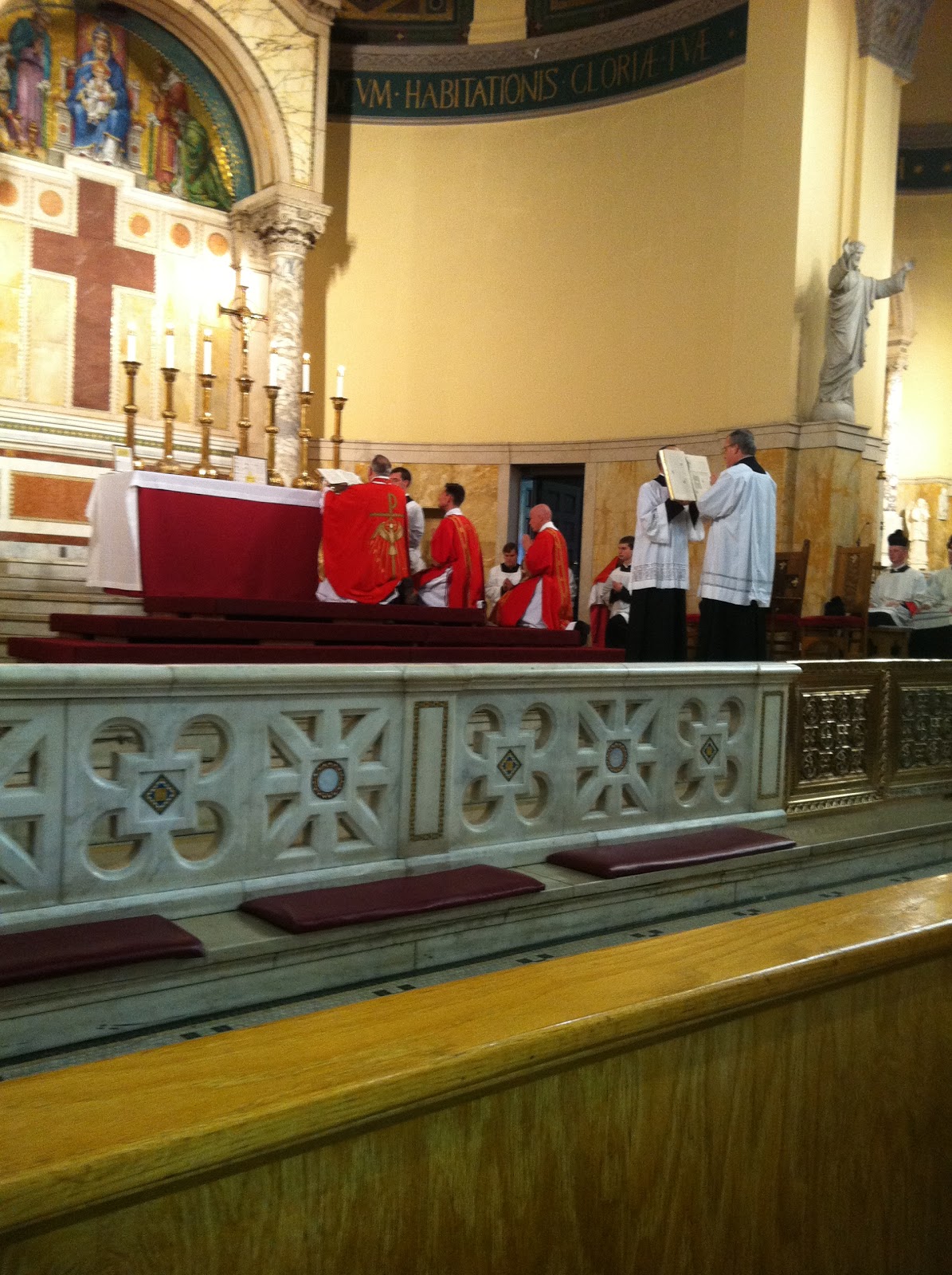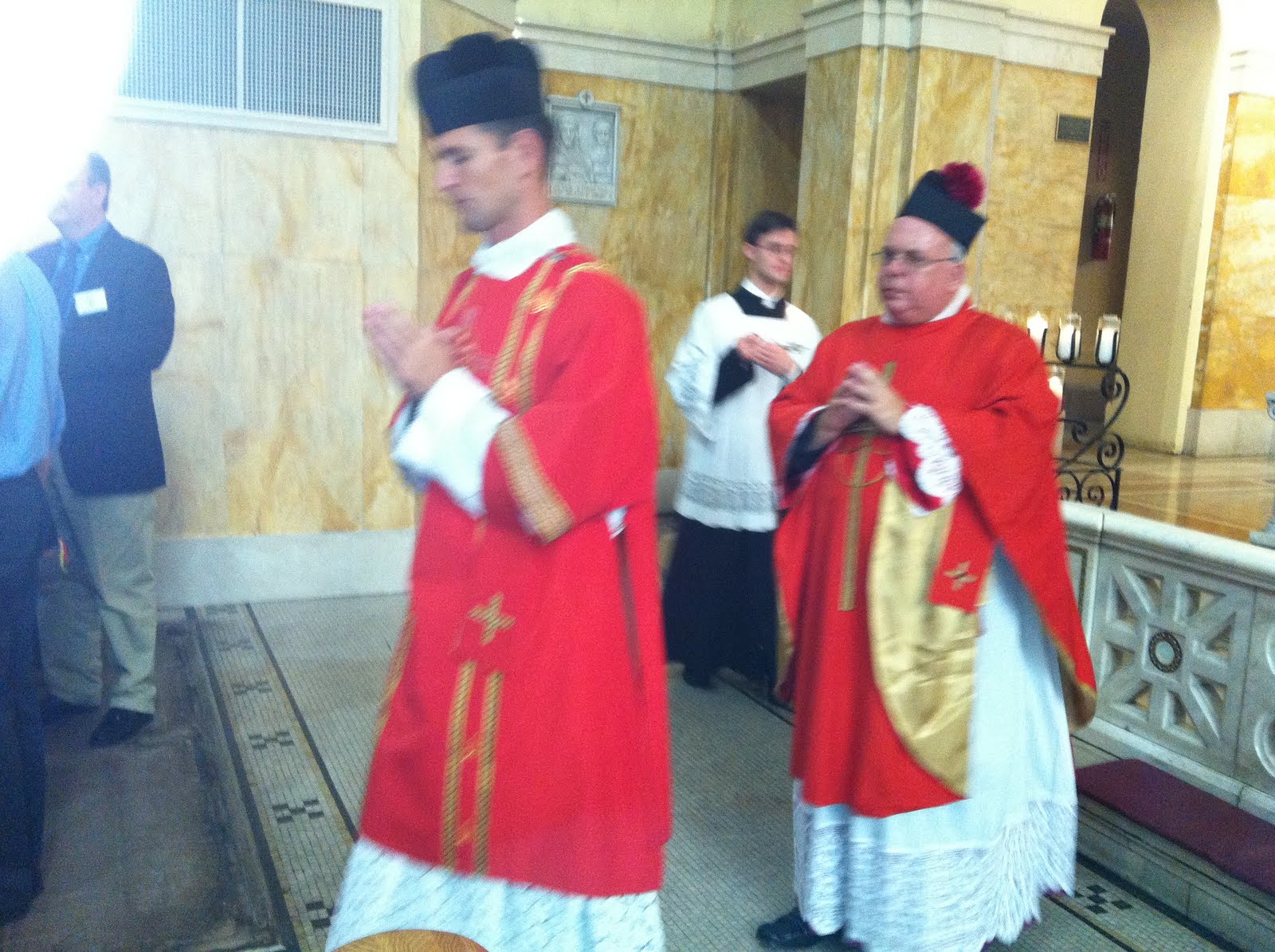Your Church in the Round Can Be Beautiful
Congratulations to Holy Spirit Church, Annandale, Virginia. You might recognize it as the Church featured on the first issue of Pastoral Music – cited back in the day as the most progressive in the region. Now we see a different kind of progress.
Simple English Propers orders
Just as an update, this morning we received an order for a total of several hundred copies of the Simple English Propers from Amazon – which means that their algorithm suggests very high demand exists right now. Soon, there will be no more “out of stock” note on the site, but you can still order now.
Chant Research at Harvard
Thomas Forrest Kelly is inspiring a new look at medieval chant.
More from that Amazing Ember Day Mass




Mocquereau the Semiologist
In the course of the week, he refrained from presenting a normal “table of neumes” like we find in Cardine’s book and rather taught the only signs chant by chant so that we could more quickly absorb the lessons. At the end of the sessions, several people were circulating Cardine’s table, which I recall seeing twice: once in Cardine and once – in a slightly more foundational form – in Mocquereau’s own book. Vast amounts of Mocquereau’s book is spent explaining and examining the old manuscripts.
The point is underscored by David Hiley’s new book: there is no real break in the Solesmes tradition; it is rather one continuous stream of research, perhaps with lost knowledge along the way or perhaps with some cumulative knowledge, but mostly with just different emphasis. In any case, it seems perfectly obvious in retrospect that there is no need to divide these schools and traditions into warring tribes. We can all learn from all of them.
This table is from Mocquereau’s Gregorian Musical Rhythm, page 177.
Meanwhile at the Liturgical Institute
| The books arrive |
| The author is toasted all around |




